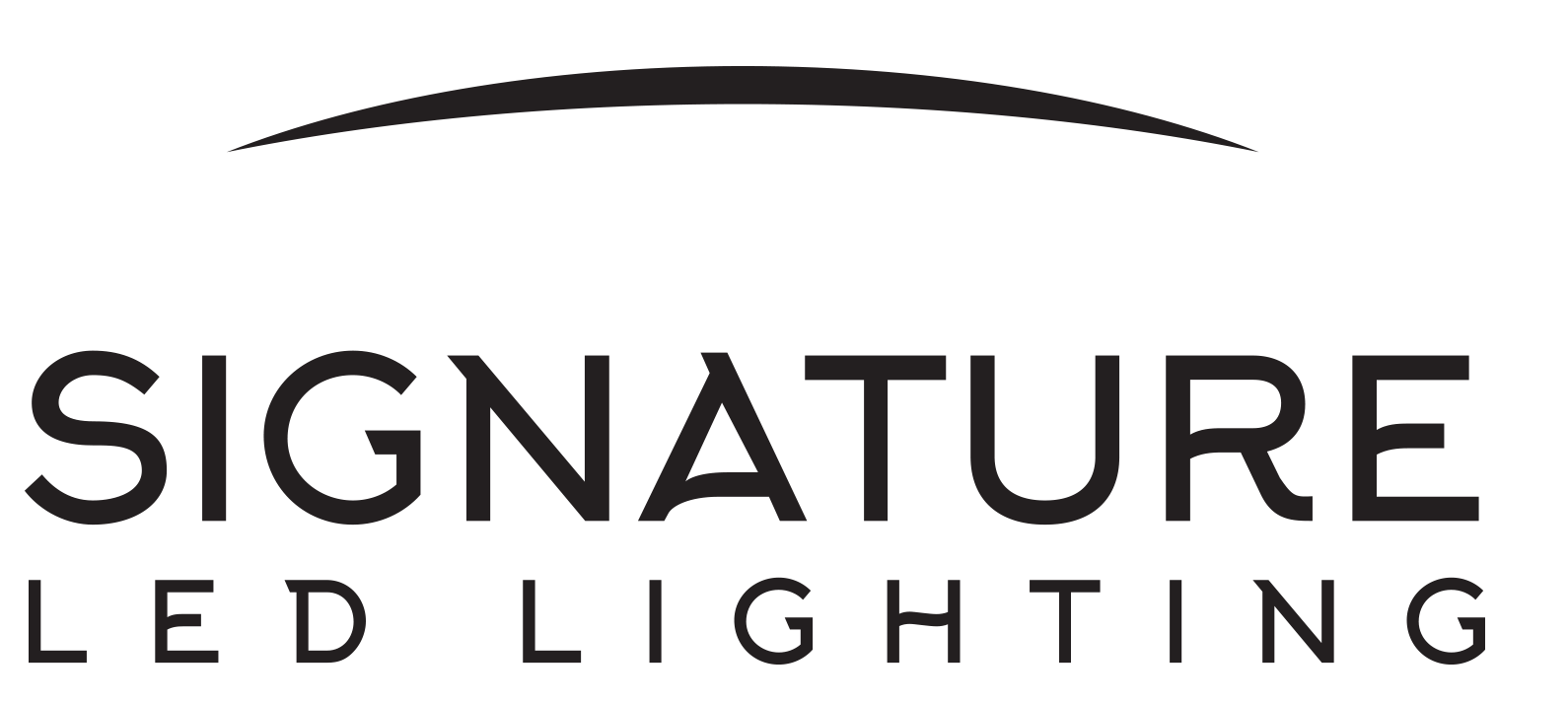Frequently Asked Questions
Some of the most commonly asked questions we recieve.
The benefits of LED lights not only brighten your design; they brighten our world.
Research shows that there are more than 100 million fluorescent and highway lamps used in the United Kingdom each year which produce in excess of 3,100 tonnes of waste material which, until recently, has ended up in landfill sites causing ecological waste.
Even though each lamp only contains a small amount or mercury the sheer volume of waste means that large quantities of hazardous mercury could find their way into our land and water supplies.
The mercury from only one fluorescent tube can contaminate up to 30,000 litres of water beyond a safe standard for drinking.LEDs, unlike most other manufactured lighting sources, are free of hazardous substances such as mercury (Hg).
As a country we currently use around 22% of our energy in Lighting so we could all help reduce our consumption by a significant amount by switching to LED lighting this this would have a phenomenal impact on our climate and massively reduce greenhouse gasses.
Savings can be up to 90% depending on which fitting is used.
A home or business with 1 standard 28w 2D, if used 12 hours a day at an average UK electricity rate £0.15 pKwh, has a running cost of about £18.39 a year whilst Signatures 15w decorative will cost only around £9.85 giving you a saving of 46.42%.
You will also benefit from maintenance savings as our products come with a 3-year warranty as standard.
Signature LED Lights are available in many wholesalers around the UK. We supply to independent wholesalers or you can pick up any of our products at CEF branches nationwide.
The lifespan of LED lamps is many times that of incandescent bulbs.
Typically, LED light bulbs have an average rated light of anywhere from 15,000 -50,000 hours, compared to just 1,000 for traditional bulbs.
The lumens (lm) definition is: “a unit of luminous flux in the International System of Units, that is equal to the amount of light given out through a solid angle by a source of one candela intensity radiating equally in all directions.”
In other words, it’s the measure of how much light you are getting from your lamp. 1 Lumen = 1 Candle, the more lumens you have the brighter the lamp will be, unlike wattages which has no direct relation to brightness.
No. Unlike traditional incandescent lamps where we could judge the brightness with wattages like the 20, 40w & 60w, LED lamps brightness is measured in Lumens.Some Signature LED products have the same wattage as other competitors but a higher lumen output. Always check Lumens
IK Ratings (otherwise known as Impact Protection Rating) became a specific rating to measure the impact resistance of a product in 1995.
They consist of the letters IK, followed by two digits. These two digits help us to identify the level of protection a piece of electrical equipment offers by its resistance against external mechanical impacts by Kinetic energy.
IP ratings (Ingress Protection) will tell you if a product is suitable for wet environments. The ratings consist of the letters IP followed by two digits (characteristic numerals) sometimes an optional letter is used.
The first digit indicates the level of protection against penetration that the enclosure provides against solid objects (including body parts, like fingers and hands) accessing hazardous parts, the second describes the protection against the ingress of water or liquids.
This rating standard aims to provide users with more detailed information than just vague marketing terms such as waterproof or water resistant.
There are endless benefits by switching to LED lighting.
• LED lamps last 20 times longer than incandescent and halogen lighting. Therefore, reducing maintenance and the requirement for lamp replacement.
Light emitting diode, or LED, lights are the next phase in the evolution of artificial lighting. The process started with camp fires; the next step was candles. The big leap came in 1879 when Thomas Edison invented the electric light bulb. Since 1879 a vast number of improvements have been made to develop better lighting.
LED lights were invented in December 1st 1962 by Nick Holonyak. Jr. He worked for General Electric company. Holonyak is seen as the “father of the light-emitting diode”. Then in 1972 a former graduate student of Holonyak , MR M. George Craford , invented the first yellow LED and improved the brightness of red and red-orange LEDs by a factor of ten.


